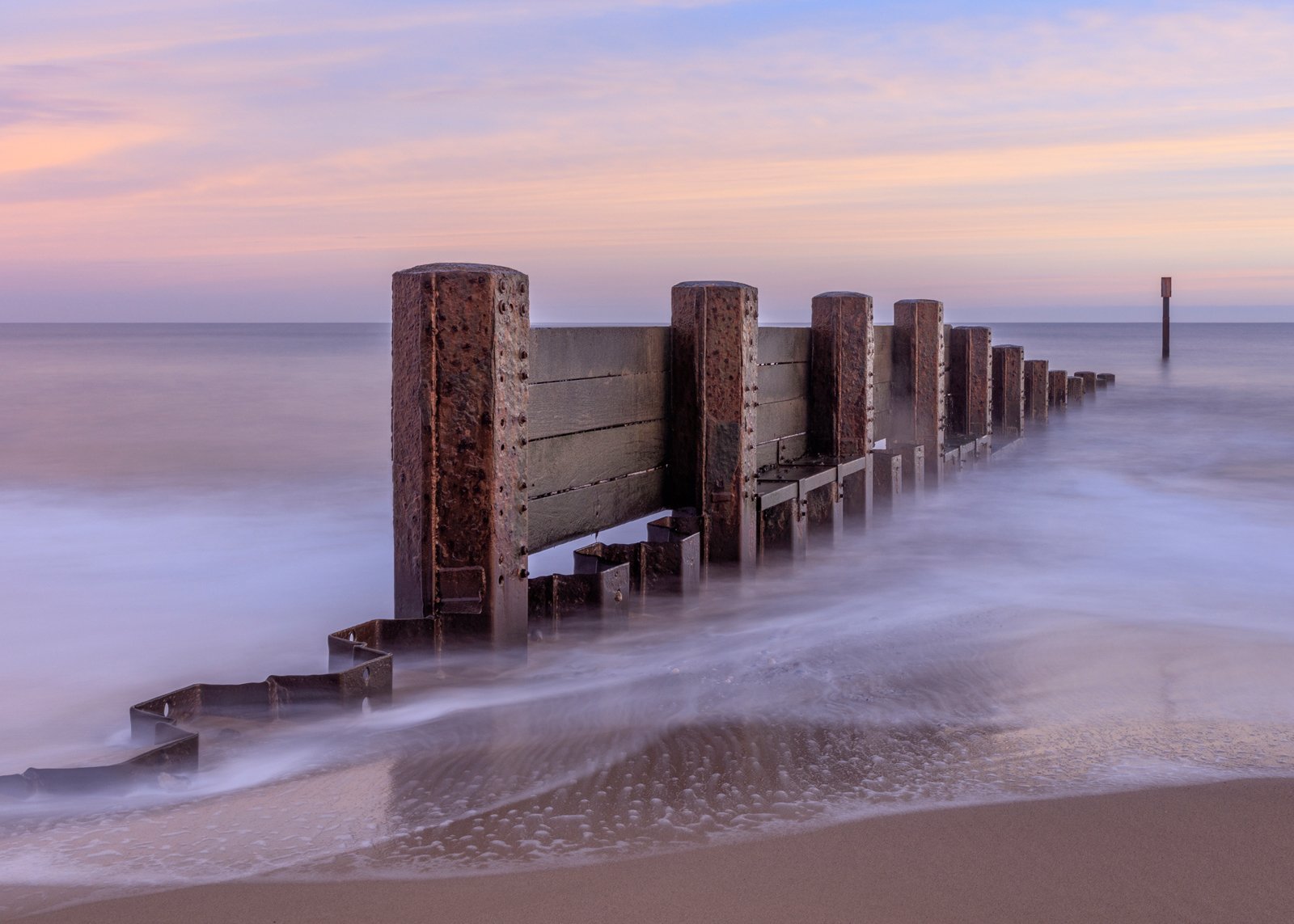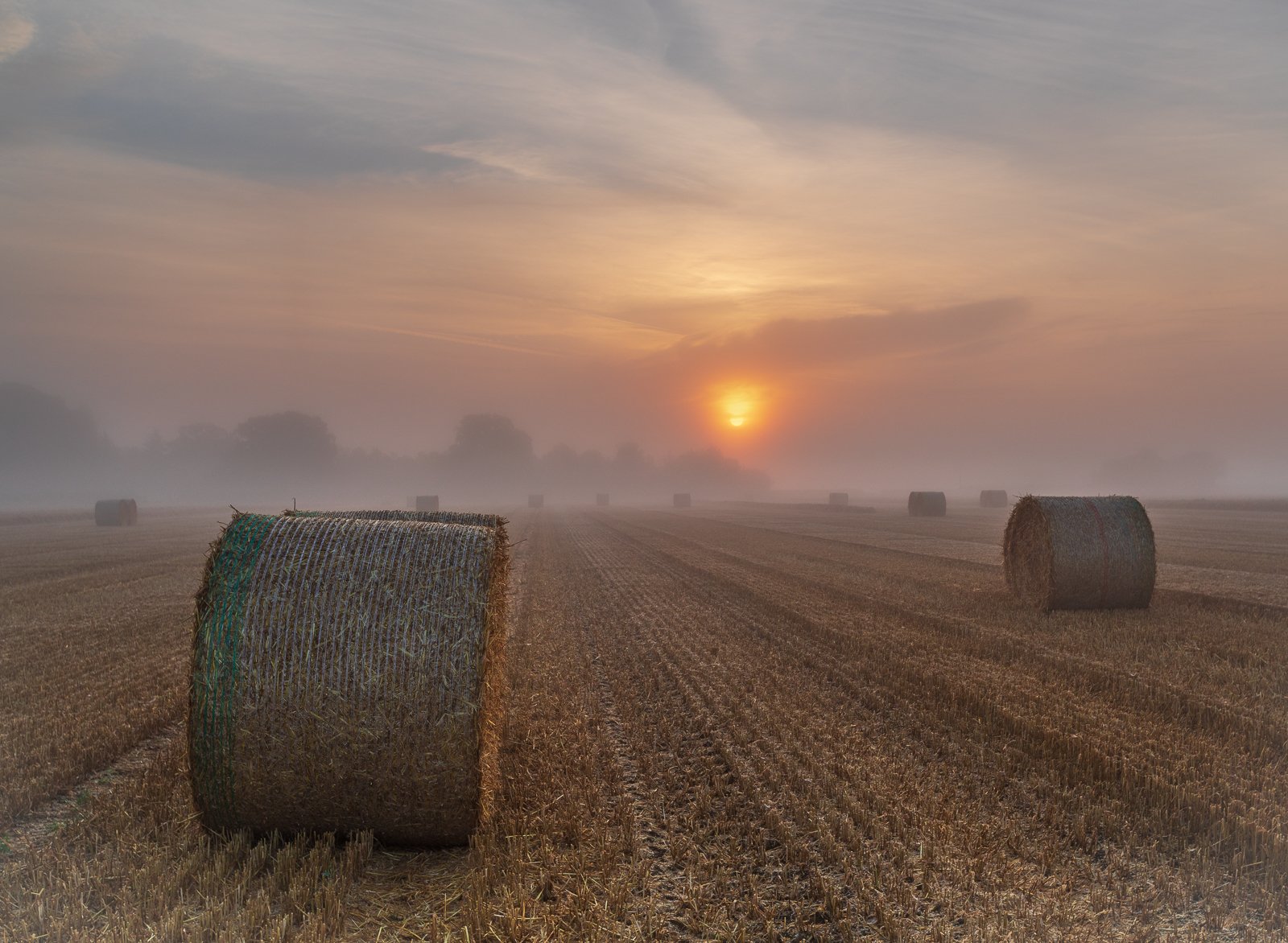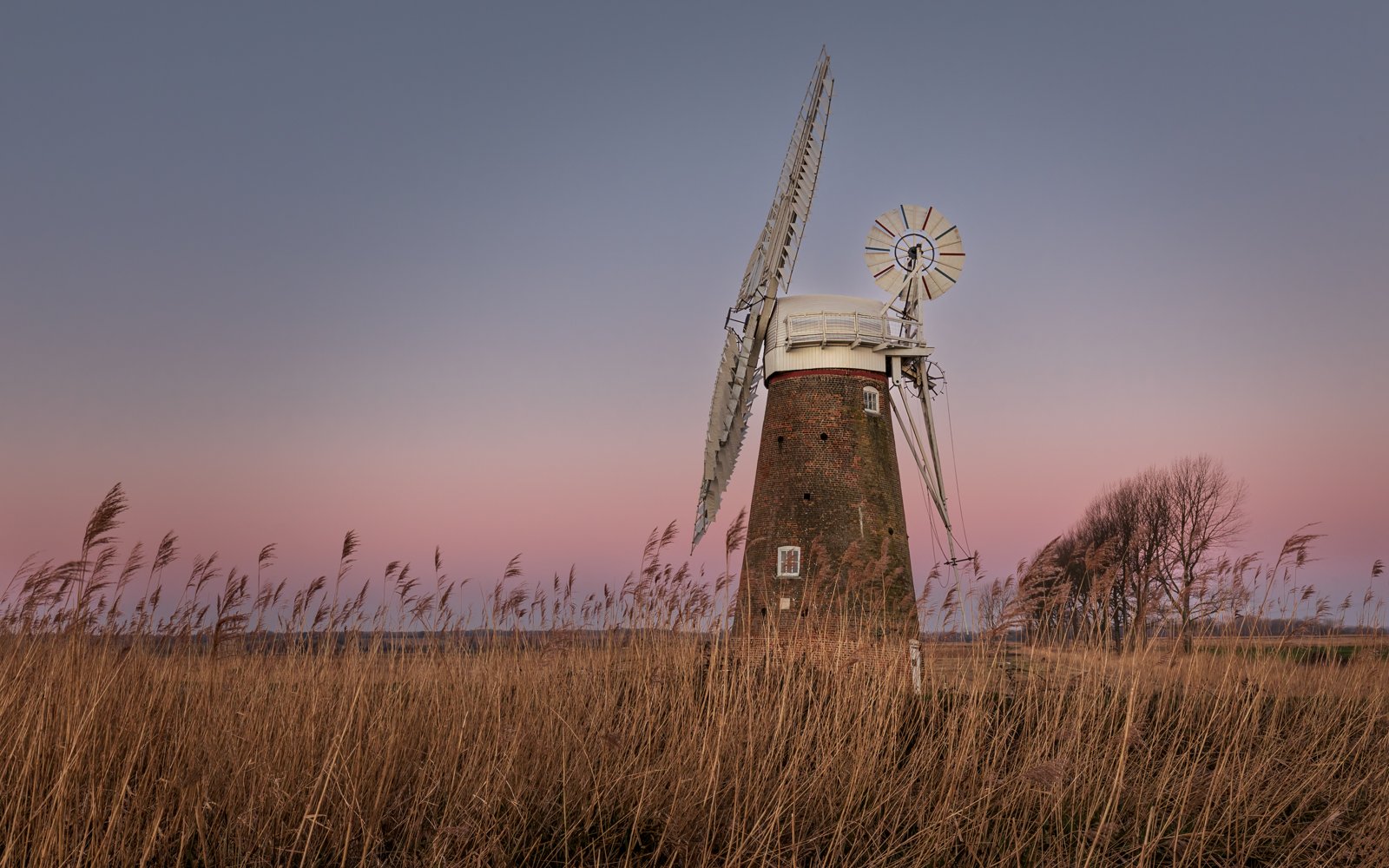WITH EXTREMELY POOR WEAHER CONDITONS FORECAST AGAIN ON SUNDAY THIS EVENT HAS RELUCTANTLY BEEN CANCELLED
PLEASE NOTE - Due to poor weather last weekend this meeting of the Landscape Group at Shingle Street has been re-arranged. .Anyone who wishes to participate is required to reserve a place in the normal way
Shingle Street is a small settlement on the edge of the beach at the mouth of the River Ore. It is a popular location for photography and is excellent at both sunrise and sunset.
Photographing Shingle Street is a real delight. Nestling in the crook of Hollesley Bay, just below the entrance to the River Ore this isolated settlement consists of a row of white coastguard cottages, a Martello Tower, and a few characterful houses. This is a wild and at first glance barren environment, its landscape shaped by the winds and tides.
Constantly shifting hills of gravel form the boundary between the dwellings and the water offering some protection from the ravages of erosion. For the photographer Shingle Street has endless possibilities with habitats ranging from shingle beach to saltmarsh and mudflats to grazing marshland.
Shingle Street is also a wildlife paradise, its remoteness adding to the sense of wilderness and the diversity of habitat contributing to the wide range of flora and fauna found here. Designated as a Site of Special Scientific Interest by Natural England the shingle here supports a large number of flowering plants including sea pea, yellow horned poppy, sea campion, vipers bugloss, sea kale and red valerian. In early summer these plants transform the foreshore from a barren wasteland to a vibrant, thriving sea of colour.
Due to its coastal nature, there is not the usual range of autumn colour on offer, never the less this is a great time to visit. The saltmarsh takes on a pinkish hue as the glassworts begin to die back and the tidal creeks are always worth exploring. The more adventurous can take a circular walk north along the shingle beach then inland following the tidal creek to the road and the grazing marsh beyond.
Good conditions are predicted as the sun will rise in Shingle Street at 7:22am which is about one hour after high tide.
Drone image of Shingle Street by NDPS member Graeme taplin
East Anglia is a special place that is famous for its big skies. The predominantly flat landscapes are however, not easy to photograph, but the lack of elevation means the first and last light of day lingers a little longer – but when it all comes together it can be magic…!
The North Norfolk Coast – begins and ends with cliffs, rising in the west with the striped cliffs of Hunstanton and ending with the those that undulate from Weybourne to the old seaside resort of Cromer with its ornate pier, sandy beach and crab fishing fleet. In between there is more than forty-miles of flatter coastline that offers endless opportunities for photographers prepared to explore the patchwork of creeks, salt marshes and beaches.
The Broads and East Norfolk Coast is a unique landscape of lakes (broads), grazing marshes, reed beds and rivers dotted with windmills and quaint villages that are bounded on its eastern edge by windswept sandy beaches. The most northerly sand dunes however, make way for crumbling cliffs and the advancing costal erosion that is occurring particularly around Happisburgh.
Also in reach is the Suffolk Coast stretching from Covehithe in the north to Bawrdsey in the south. Meandering inland from the coast are the slow, sweeping estuaries flanked by reed beds and saltmarshes of the rivers Deben, Ore (later becoming the Alde) and Blyth. Also of interest to photographers are the towns of Woodbridge and Framlingham with its medieval castle.
From September through until the clocks go forward to BST we meet early on a Sunday morning about one hour before sunrise and after the shoot around 10:00am it is not unusual for members to head off together for a well earned breakfast. After, the clocks go forward we move to holding the shoots on a Saturday evening when it is easier to stay out later..! Around December and January we also try to plan to visit those locations further afield as sunrise is later at this time of year.
Please remember, The Landscape Group can only be as good as the input made by its members so if you are willing to organise or lead any kind of event that you think will be of interest to members, please step forward. Please don’t be shy – all offers of help will be greatly appreciated…!
About the NDPS Landscape Group
The Landscape Group’s objectives are simple – to encourage members who wish to take part improve their landscape photography, enhance their understanding of the equipment and techniques available. Learn through collaboration with fellow members and have fun.
Landscape is one of the oldest art forms with many famous landscape painters such as John Constable, Jacob van Ruisdael and J M W Turner. Since the invention of the camera landscape photography has become one of the most prolific forms of photography, reaching critical acclaim in the hands of photographers like Ansel Adams and Joe Cornish to name but two.
Latterly techniques such as intentional camera movement (ICM) and multiple exposures have enabled photographers to come closer to the ephemeral images painted by Turner in his later period and the use of perspective control or tilt/shift lenses has allowed digital photographers to emulate the depth of focus and perspective control long achieved using traditional large format cameras. The use and understanding of filtration is another area in landscape photography that has advanced considerably in the last twenty years and nowadays it is unusual not to find a set of neutral density and graduated filters taking up valuable space in the landscape photographer’s bag.
Since it began in 2016 the landscape group has developed range of activities support members of the Society in developing their skills in creating landscape imagery, whether this is with a traditional or more contemporary approach.
Please remember, our group can only be as good as the input made by its members so if you are willing to organise or lead any kind of event that you think will be of interest to members, please step forward. Please don’t be shy – all offers of help will be greatly appreciated…!




